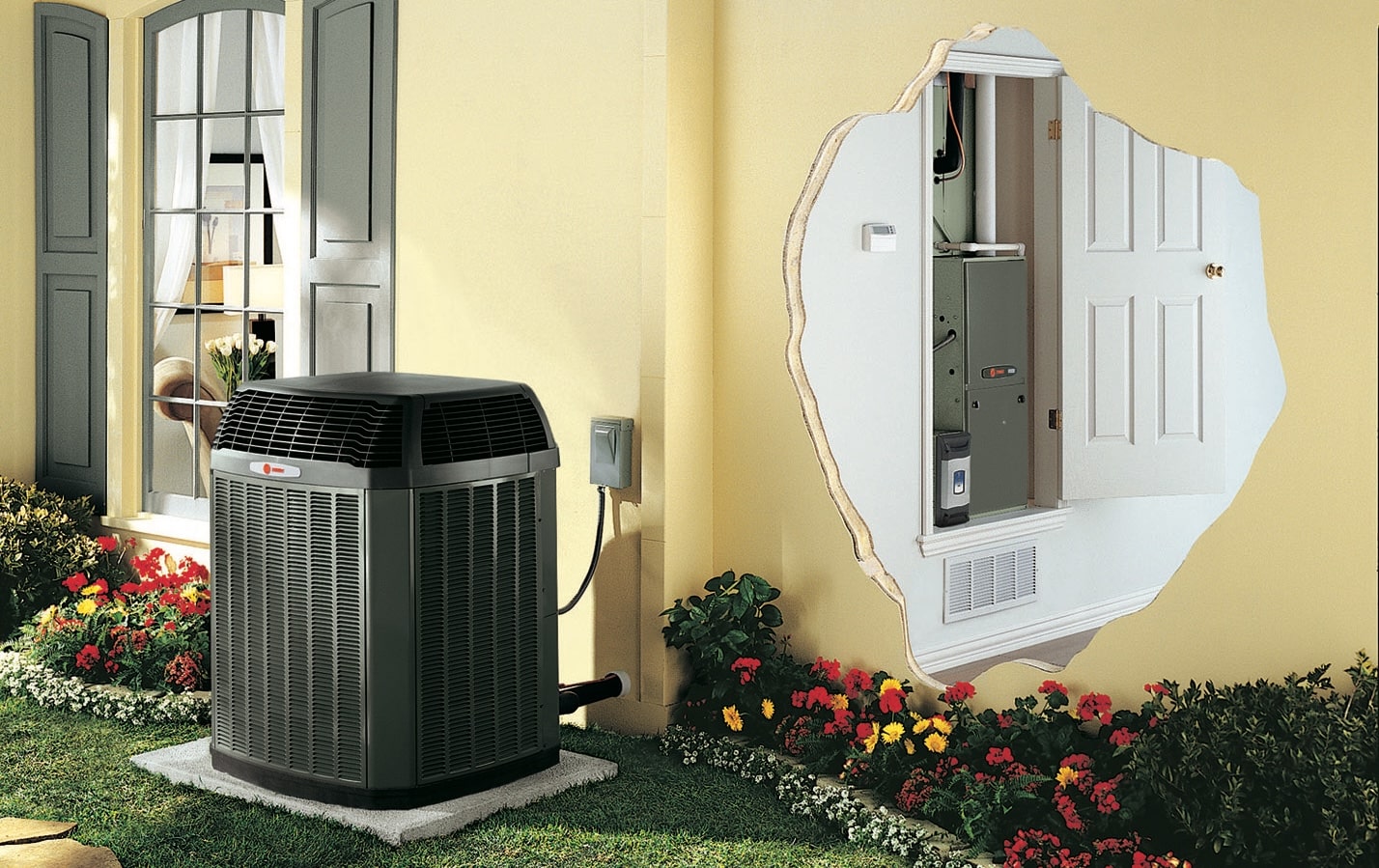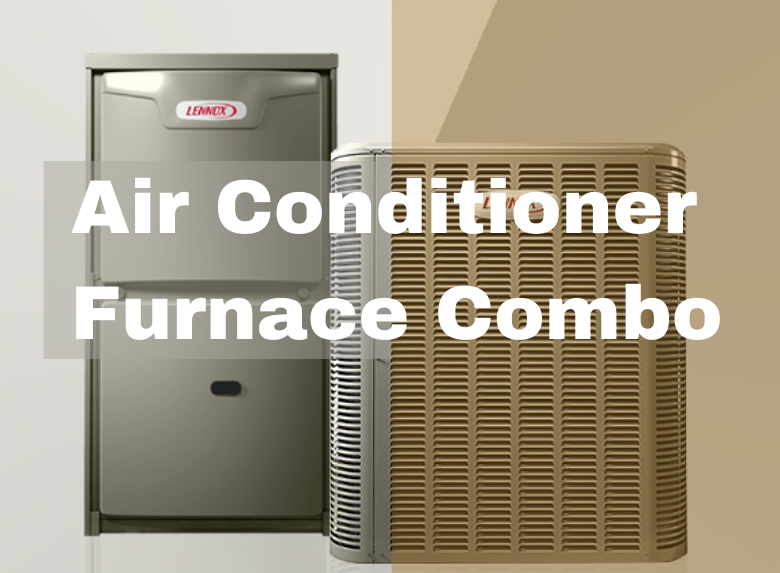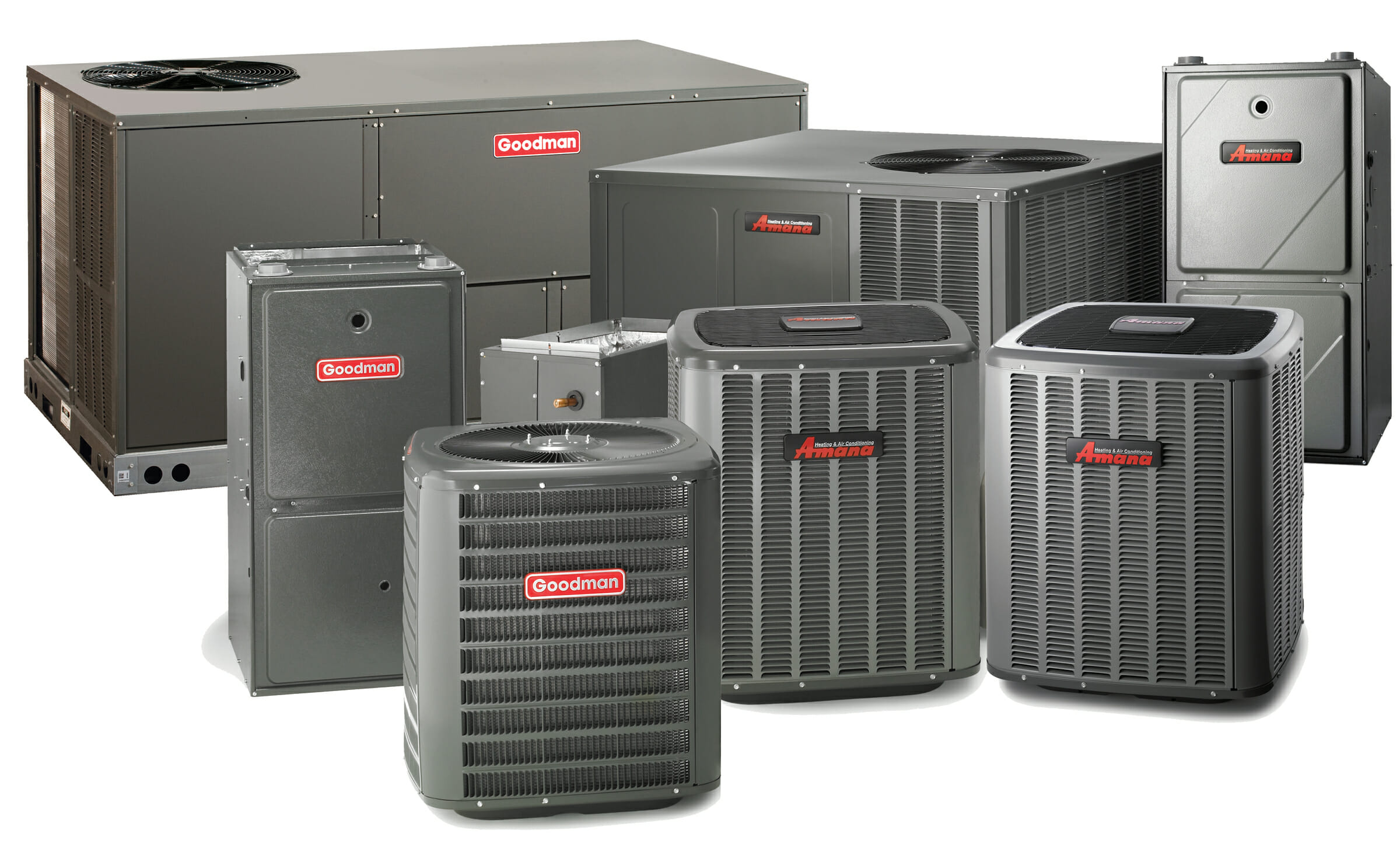Heating And Air Conditioning Combo Units

For homeowners seeking year-round comfort without the clutter of separate heating and cooling systems, a heating and air conditioning combo unit – often referred to as a packaged HVAC system – presents a compelling solution. These all-in-one units combine a furnace or heat pump and an air conditioner into a single outdoor unit, offering space savings, simplified installation, and potentially lower upfront costs. This guide provides a comprehensive overview of HVAC combo units to help you make an informed decision.
Understanding HVAC Combo Units
A combo unit houses all the essential components for both heating and cooling in one cabinet. This includes the compressor, condenser coil, evaporator coil, blower, and either a furnace (typically gas or electric) or a heat pump. Conditioned air is then distributed throughout your home via ductwork.
Types of Combo Units
- Gas Packaged Units: These units combine a gas furnace for heating with an air conditioner for cooling. They are generally more efficient for heating in colder climates than heat pumps.
- Electric Packaged Units: These units use electric resistance heating or an electric heat pump for heating and an air conditioner for cooling.
- Heat Pump Packaged Units: These units use a heat pump for both heating and cooling. In warmer climates, they can be a very efficient option for both heating and cooling. In colder climates, they may require supplemental electric resistance heating to maintain comfortable temperatures during very cold periods.
Pros and Cons of HVAC Combo Units
Advantages
- Space Saving: A single outdoor unit frees up valuable space compared to separate systems.
- Simplified Installation: Installation is generally quicker and easier than installing separate heating and cooling systems, potentially reducing labor costs.
- Lower Upfront Cost (Potentially): In some cases, the combined cost of a combo unit can be lower than purchasing separate systems, although this depends on the specific models and installation requirements.
- Easier Maintenance: Having all components in one location simplifies maintenance and servicing.
Disadvantages
- Single Point of Failure: If one component fails (e.g., the compressor), the entire unit is out of service, impacting both heating and cooling.
- Potentially Higher Repair Costs: Repairs can sometimes be more complex and expensive due to the integrated design.
- Limited Efficiency Options: The selection of high-efficiency combo units may be more limited compared to separate systems.
- Noise: Since all components are housed together, the unit may generate slightly more noise than separate systems, especially during heating cycles with gas furnaces.
Key Features to Consider
When evaluating HVAC combo units, several factors are critical to ensure optimal performance and efficiency:
Energy Efficiency Ratings
- AFUE (Annual Fuel Utilization Efficiency): This rating measures the heating efficiency of a gas or propane furnace. A higher AFUE rating indicates better fuel efficiency. Look for AFUE ratings of 80% or higher. High-efficiency furnaces can reach AFUE ratings of 95% or greater.
- SEER (Seasonal Energy Efficiency Ratio): This rating measures the cooling efficiency of an air conditioner or heat pump. A higher SEER rating indicates better energy efficiency. Modern units generally have SEER ratings ranging from 13 to over 20. Look for at least SEER 14, with higher ratings for substantial energy savings.
- HSPF (Heating Seasonal Performance Factor): This rating measures the heating efficiency of a heat pump. A higher HSPF rating indicates better energy efficiency. Look for HSPF ratings of 8 or higher.
Capacity (BTU)
The unit's heating and cooling capacity, measured in British Thermal Units (BTU), must be appropriately sized for your home. An undersized unit will struggle to maintain desired temperatures, while an oversized unit will cycle on and off frequently, leading to energy waste and reduced comfort. Consult with an HVAC professional to determine the correct BTU rating for your home based on factors like square footage, insulation, climate, and window efficiency.
Airflow (CFM)
Cubic Feet per Minute (CFM) measures the volume of air the unit can move. Adequate airflow is crucial for even temperature distribution throughout your home. Ensure the unit's CFM is compatible with your ductwork system.
Compressor Type
For cooling, the compressor is a critical component. Variable-speed compressors offer superior energy efficiency and quieter operation compared to single-stage compressors. Two-stage compressors offer a balance between performance and cost.
Smart Features
Some combo units offer smart features like Wi-Fi connectivity, allowing you to control the system remotely via a smartphone app. These features can enhance convenience and energy savings.
Filtration
Consider the type of air filter the unit uses. Higher-efficiency filters can remove more allergens and pollutants from the air, improving indoor air quality. Look for units that use standard filter sizes for easy replacement.
Popular Brands and Models
Several reputable manufacturers offer HVAC combo units. Here's a brief overview of some popular brands and models:
- Carrier: Known for their high-efficiency and reliable systems. Carrier offers a range of gas and electric packaged units with various features and price points. Example: Carrier Comfort Series Packaged Gas Electric System
- Trane: A well-established brand with a reputation for durability and performance. Trane offers both gas and heat pump packaged systems. Example: Trane XL Series Packaged Heat Pump
- Rheem: Provides a wide selection of affordable and reliable HVAC solutions. Rheem offers both gas and heat pump packaged units. Example: Rheem Classic Series Packaged Heat Pump
- Goodman: A budget-friendly option that still provides reliable performance. Goodman offers a range of gas and heat pump packaged units. Example: Goodman GPG14 Packaged Gas/Electric Unit
- York: Offers a balance of performance and affordability. York offers both gas and heat pump packaged systems. Example: York LX Series Packaged Heat Pump
Note: Model availability and specifications may vary depending on your location and dealer. Always consult with a qualified HVAC professional to determine the best model for your specific needs.
Pricing and Installation
The cost of an HVAC combo unit can vary widely depending on the brand, model, efficiency rating, capacity, and installation complexity. Generally, prices range from $5,000 to $12,000, including installation.
Installation costs can vary significantly depending on factors like the existing ductwork, accessibility, and local labor rates. Obtain quotes from multiple licensed and insured HVAC contractors to ensure you receive a fair price.
Warranty and Maintenance
Most HVAC combo units come with a standard manufacturer's warranty, typically covering parts for 5 to 10 years. Some manufacturers offer extended warranties for added peace of mind. Be sure to register your unit with the manufacturer to activate the warranty.
Regular maintenance is crucial to ensure the longevity and efficiency of your HVAC combo unit. Schedule annual or bi-annual maintenance visits with a qualified HVAC technician to inspect and clean the unit, check refrigerant levels, and identify any potential problems early on.
Recommended maintenance tasks include:
- Replacing air filters regularly (every 1-3 months)
- Cleaning the condenser coils
- Inspecting ductwork for leaks
- Checking refrigerant levels
- Lubricating moving parts
Making the Right Choice
Choosing the right HVAC combo unit requires careful consideration of your specific needs and budget. Consult with a qualified HVAC professional to assess your home's heating and cooling requirements, recommend appropriate models, and provide accurate installation quotes.
Remember to compare energy efficiency ratings, warranty terms, and maintenance requirements before making a final decision. By carefully evaluating your options, you can select an HVAC combo unit that provides reliable comfort and energy savings for years to come. Consider obtaining several quotes and comparing all aspects of the proposals before committing to a purchase.










